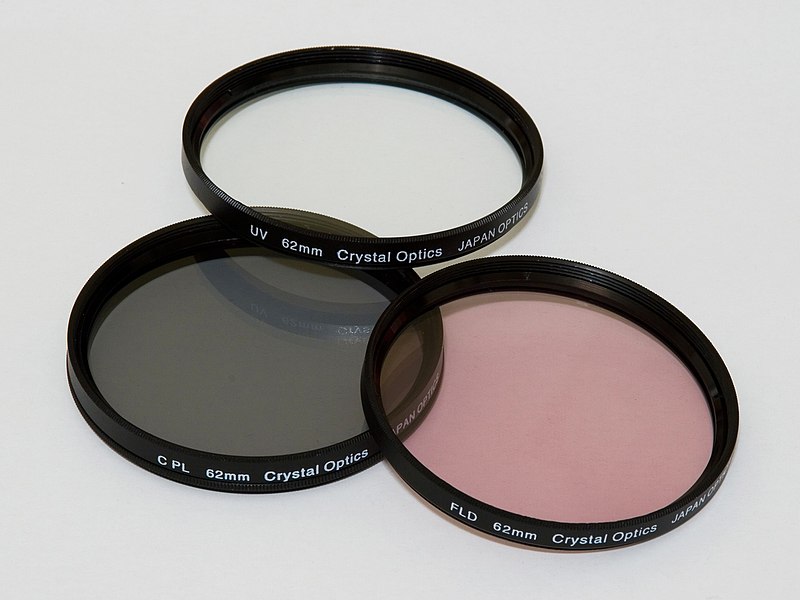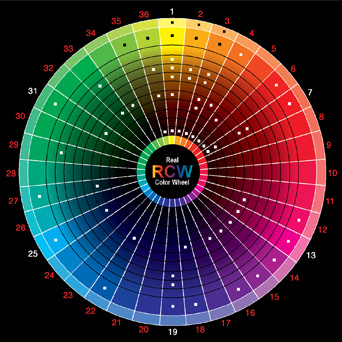 Camcorders are so simple to use these days that they encourage seat-of-the pants videography, which isn’t always the best idea. Just grabbing your camcorder and hastily shooting may be fine if you’re shooting the UFO that happens to be flying overhead, but for most other situations, some careful planning will improve your movie.
Camcorders are so simple to use these days that they encourage seat-of-the pants videography, which isn’t always the best idea. Just grabbing your camcorder and hastily shooting may be fine if you’re shooting the UFO that happens to be flying overhead, but for most other situations, some careful planning will improve your movie.The first thing you’re probably going to do in any video project is shoot some video. Even if you are shooting a simple school play or family gathering, you can and should plan many aspects of the shoot:
- Make a checklist of shots that you need for your project. While you’re at it, make an equipment checklist too. I’ve included a video-shoot checklist at the end of this chapter.
- Survey the shooting location. Make sure passersby won’t trip over your cables or bump the camera. (It makes you unpopular, and can ruin your footage to boot.)
- Talk to property owners or other responsible parties. Identify potential disruptions, and make sure you have permission to shoot. For example, your kids’ school probably doesn’t mind if you shoot video of Suzie’s band concert, but commercial concerts or sporting events usually have rules against recording performances.
- Plan the time of the shoot. This is especially important if you are shooting outside. What part of the sky will sunlight be coming from? Do you want to take advantage of the special light available at sunrise or sunset?
- Bring more blank tapes and charged batteries than you think you’ll need.

 Although modern camcorders are small and easy to carry around, you’ll probably find that most of your shots benefit from a tripod or other method of stabilization. Even the cheap $20 tripod that you got for free with your camcorder purchase is better than nothing for stationary shots. If you’re looking for a higher-quality tripod, here are some features that can make it worth the extra cash:
Although modern camcorders are small and easy to carry around, you’ll probably find that most of your shots benefit from a tripod or other method of stabilization. Even the cheap $20 tripod that you got for free with your camcorder purchase is better than nothing for stationary shots. If you’re looking for a higher-quality tripod, here are some features that can make it worth the extra cash: Most digital camcorders provide automatic aperture control (often called exposure). The aperture is the part of the camera that controls how much light is let in through the lens. It expands and contracts depending on light conditions, much like the iris in the human eye. But all the automatic controls in the world won’t make up for a poorly lit scene. Basically you are going to need several key bits of gear to better light your scene:
Most digital camcorders provide automatic aperture control (often called exposure). The aperture is the part of the camera that controls how much light is let in through the lens. It expands and contracts depending on light conditions, much like the iris in the human eye. But all the automatic controls in the world won’t make up for a poorly lit scene. Basically you are going to need several key bits of gear to better light your scene:






















